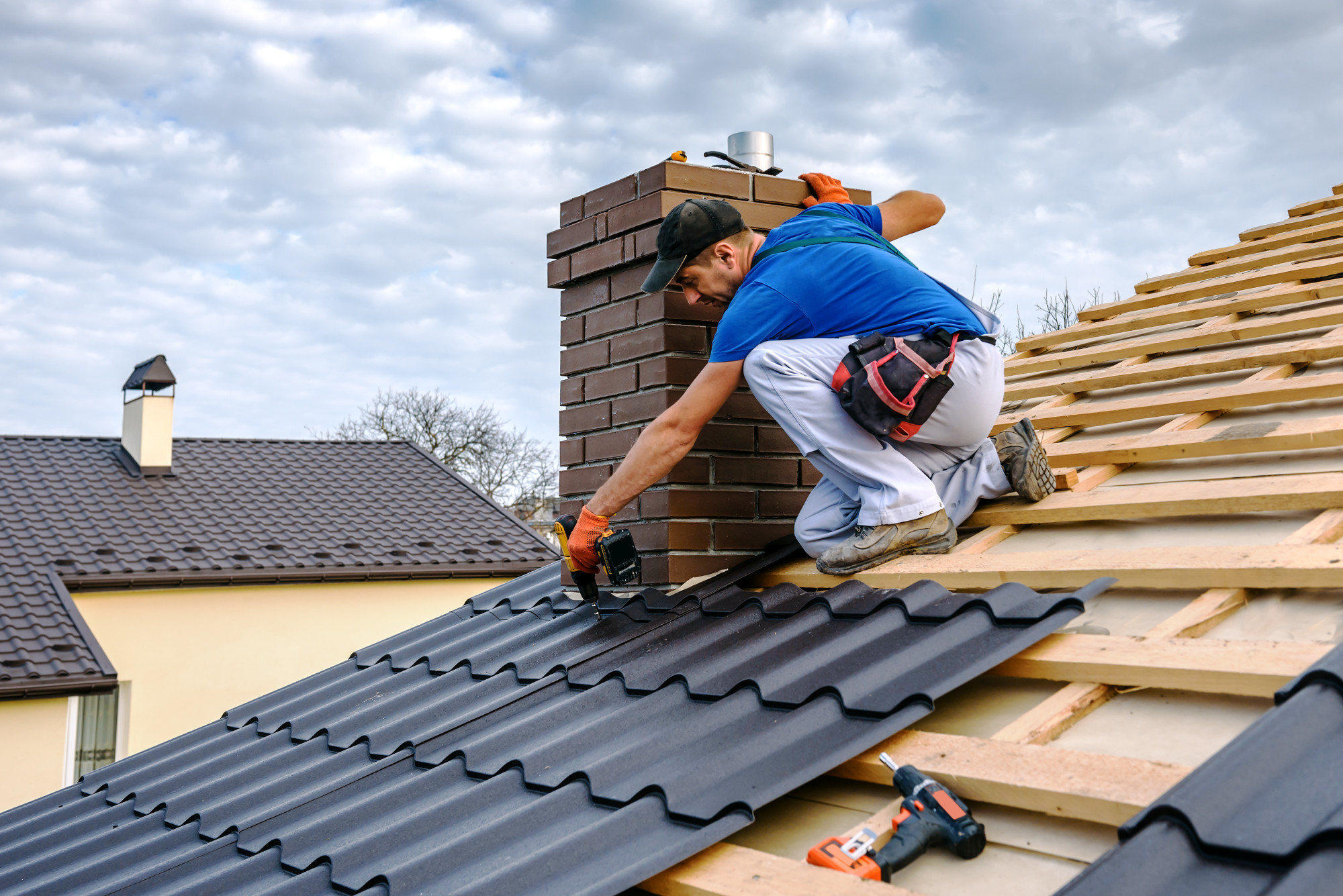
A roof replacement is a significant undertaking that requires careful planning, skilled execution, and clear communication between homeowners and roofing contractors. Whether prompted by age, storm damage, or a desire to upgrade, the process of replacing a roof involves several key steps. In this comprehensive guide, we’ll provide insights from Roofing Haltom City contractors to give you a thorough understanding of what to expect during a roof replacement.
Initial Assessment and Consultation
Inspection of Current Roof:
The process typically begins with a thorough inspection of your current roof. Experienced roofing contractors in Haltom City will assess the condition of the existing roofing materials, identify any structural issues, and evaluate the overall integrity of the roof.
Discussing Roofing Options:
After the assessment, roofing contractors will discuss your roofing options. This includes selecting the type of roofing material, considering colors and styles, and addressing any specific preferences or concerns you may have.
Providing Cost Estimates:
Contractors will provide detailed cost estimates for the entire project. This includes the cost of materials, labor, removal of the existing roof, and any additional services required.
Preparing for the Roof Replacement
Scheduling and Permits:
Once you decide to move forward, the roofing contractor will work with you to schedule the replacement. They will also handle any necessary permits required by local authorities in Haltom City.
Protecting Your Property:
Before work begins, measures will be taken to protect your property. This may include covering landscaping, removing outdoor furniture, and installing protective barriers to prevent damage during the roof replacement.
Delivery of Materials:
Roofing materials will be delivered to your property ahead of the scheduled start date. This ensures that all necessary components are on-site and ready for installation.
The Roof Replacement Process
Removal of Existing Roof:
The first step of the actual replacement involves removing the existing roofing materials. This is a meticulous process to ensure that the underlying structure is not damaged.
Structural Inspection and Repairs:
With the old roof removed, contractors will inspect the underlying structure for any damage. Any necessary repairs to the roof deck or support structure will be addressed at this stage.
Installation of Underlayment:
Once the structure is sound, an underlayment will be installed. This layer provides an additional barrier against moisture and helps protect your home in case of unexpected weather during the replacement.
Application of New Roofing Materials:
The chosen roofing material, whether it’s asphalt shingles, metal roofing, or another option, will be expertly installed according to industry standards. Precision and attention to detail are paramount during this stage.
Flashing and Ventilation:
Flashing, which seals joints and edges, is installed to prevent water infiltration. Proper ventilation components are also integrated to ensure optimal airflow and temperature regulation.
Post-Installation Steps
Clean-Up:
A reputable roofing contractor understands the importance of a clean work environment. After the installation, they will thoroughly clean the area, including your yard and any debris created during the replacement.
Final Inspection:
The roofing contractor will conduct a final inspection to ensure that the new roof meets quality standards. This includes checking for proper installation, addressing any cosmetic concerns, and ensuring all components are in place.
Communication and Documentation:
Throughout the process, open communication is key. A professional roofing contractor will keep you informed at every stage and provide documentation such as warranties and care instructions for your new roof.
Tips for a Smooth Roof Replacement Experience
Choose a Reputable Contractor:
Selecting an experienced and reputable roofing contractor is crucial. Look for contractors with positive reviews, proper licensing, and a history of successful roof replacements.
Understand the Timeline:
Roof replacements can vary in duration depending on factors such as the size of your home, the complexity of the project, and weather conditions. Discuss the estimated timeline with your contractor.
Ask About Warranties:
Inquire about warranties for both materials and workmanship. A reliable roofing contractor will provide warranties that offer peace of mind and protection for your investment.
Prepare for Noise and Disruption:
Roof replacements can be noisy, and there will be some disruption to your daily routine. Inform neighbors in advance and prepare for temporary inconveniences.
Communicate Any Concerns:
If you have any concerns or questions during the process, don’t hesitate to communicate with your roofing contractor. A transparent and open line of communication ensures a smoother experience.
Plan for Weather Contingencies:
Weather can impact the timeline of a roof replacement. Discuss contingency plans with your contractor to address potential weather-related delays and ensure the project stays on track
